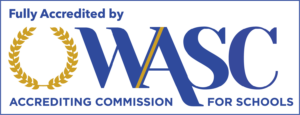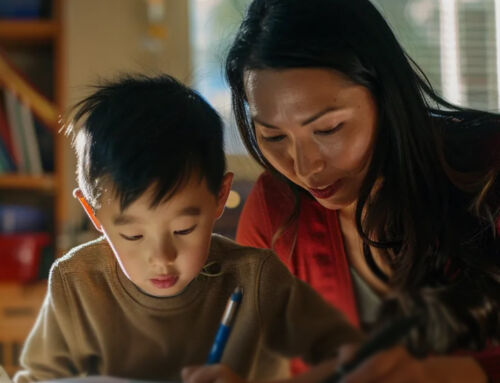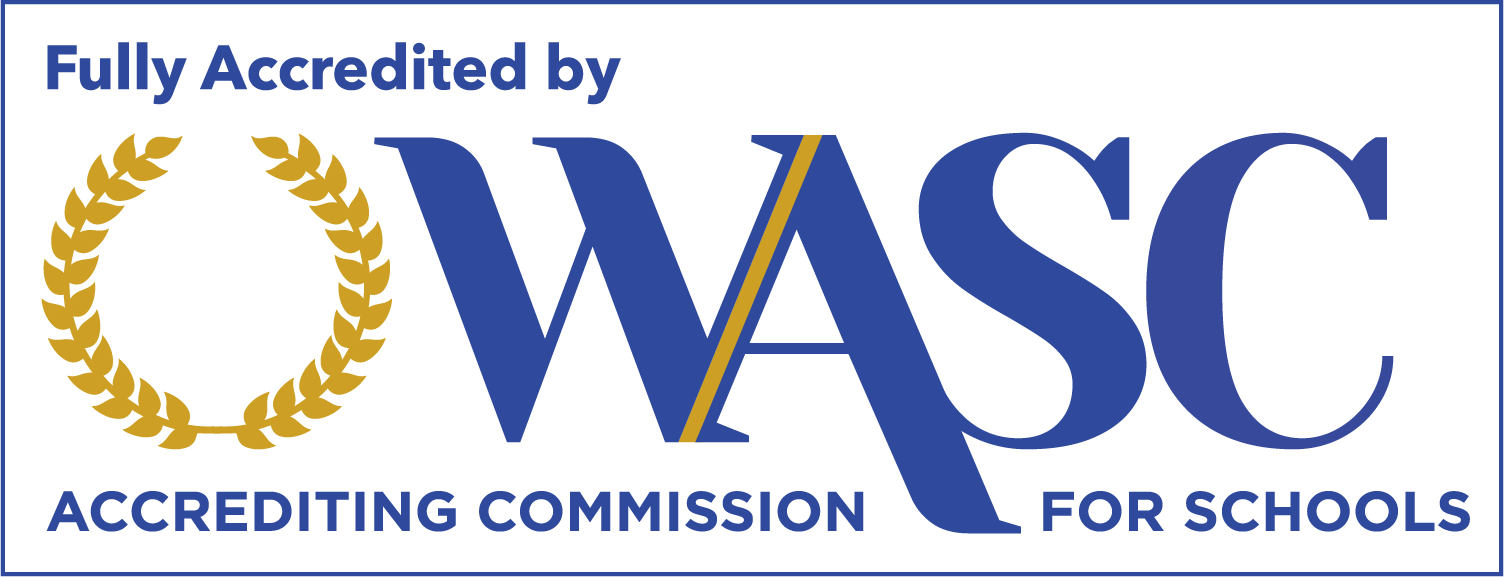Why Early Identification of Dyslexia Is Critical
Dyslexia is a relatively common learning disability that can cause serious challenges in every part of a person’s life. According to The Dyslexia Association, as many as one person in five of the world’s population has dyslexia to some degree. However, there could be any number of people who have gone undiagnosed in their life.
Some of the issues with dyslexia are that it can affect your spelling, writing, and reading comprehension. However, a dyslexia diagnosis as a child can help you get the help you need to get the tools to succeed and learn.
Here is how your dyslexic child may be affected by the disability and why it is important to identify it and intervene when they are young.
How Dyslexia Affects Young Learners
A child with dyslexia could start showing signs as early as four years old. However, by early elementary school, they start to focus on learning how to read and write, so delays become more apparent.
When undiagnosed, a struggling dyslexic child could suffer from low self-esteem and emotional strain because of those challenges which can result in social anxiety.
Learning Difficulties
The most immediate negative impact of dyslexia is the difficulty it imposes on a child’s learning. The ability to read and write well is essential in most standard forms of learning. If a child cannot keep up with textbook assignments, struggle with word problems in math, and make mistakes in their writing, their grades can suffer.
Children with dyslexia will begin to fall behind their peers as early as first grade. Catching up will prove equally difficult if they are not taught the way their brain learns.
Statistically, dyslexic readers will have lower graduation rates and higher levels of unemployment than the general population. Educators who are not trained to understand learning disabilities may mistake dyslexia students as lazy or slow learners.
Emotional Strain
Difficulty with learning does more than cause bad grades. Often, a child with dyslexia will find themselves demoralized when their effort goes unnoticed and unrewarded.
If they do not receive the specialized help they require, their education will suffer. They could spend the same amount of time reading as everyone else in their class, and it will not help.
It is not uncommon for a child with dyslexia to develop depression or behavioral problems. They can suffer from lower self-esteem and anxiety that will carry over well into adulthood. The last thing an educator wants is for a child to feel like they are not as capable as other students and not worth the effort.
In addition to self-esteem issues, children with dyslexia may also develop a negative reputation with their classmates because of their challenges. Therefore, it is essential to normalize different learning styles in the classroom to provide a safe and productive environment.
The Prevalence of Dyslexia
Studies regarding how common dyslexia is vary depending on your source. Some say roughly 10 percent of the population have it, while others go as high as 20 percent. However, it is agreed upon that it is the most common of all neurocognitive disorders.
Despite that, often teachers are educated on identifying and helping students with this very common disorder. While dyslexia makes learning more difficult, it has zero effect on intelligence or creativity. Students with dyslexia can still learn how to read, though they may always struggle a bit more than others.
Additionally, there is no noticeable difference between the number of dyslexic boys versus girls. However, currently, more boys are identified because of ADHD symptoms as well. Diagnosis rates differ depending on how each student responds to the difficulties they face.
Early Identification of Dyslexia and Response
Early intervention for dyslexia is possible as long as the diagnosis is made sooner rather than later. No one wants a dyslexic student to have problems later in life because they did not receive the help they needed in school.
First, you’ll need to identify the signs and symptoms before you can make a dyslexia diagnosis.
You and your child’s teachers may notice some reading difficulties. They may struggle to understand the lesson or grow easily frustrated. A multi-tiered system of support (MTSS) is one of the most popular ways of identifying reading challenges early on through regular screening until the third grade.
Next, you’ll need to talk to their teachers regarding your concerns. They should provide you with assessment opportunities to get an official diagnosis, though it can take time to arrange.
Once complete, you will learn whether or not they are struggling with dyslexia. You can use this information to determine what the right type of support is for your child. Keep in mind, that many schools still do not call dyslexia, dyslexia so getting a second opinion might be beneficial.
Responding to a Dyslexia Diagnosis
Diagnosing dyslexia is just the first step. Your child requires the help of both their parents and their educators.
Part of that involves participating in regular screening early on. The previously mentioned MTSS categorizes students based on how much intervention is required.
Tier 1 provides “quality first” instruction, which is what most students normally receive. Students in Tier 2 require additional skills-based small-group instruction. Tier 3 is more intensive and exists for students with the greatest need for individual attention.
The results of this screening should affect how you teach a child with dyslexia. This should include an evidence-based multisensory approach to learning to read and spell.
Encourage Reading in Every Child
A dyslexia diagnosis does not have to mean that your child will not be successful in school. Even though your child may struggle in a standard classroom, they can succeed when given access to the right tools and education. One way to ensure their success is by enrolling them in a specialized program for students with dyslexia.
The academic program at READ Academy is one such place that puts a focus on a dyslexic student’s learning style. We have small classes, qualified educators, and more. Contact us to learn about our school and apply for enrollment.





